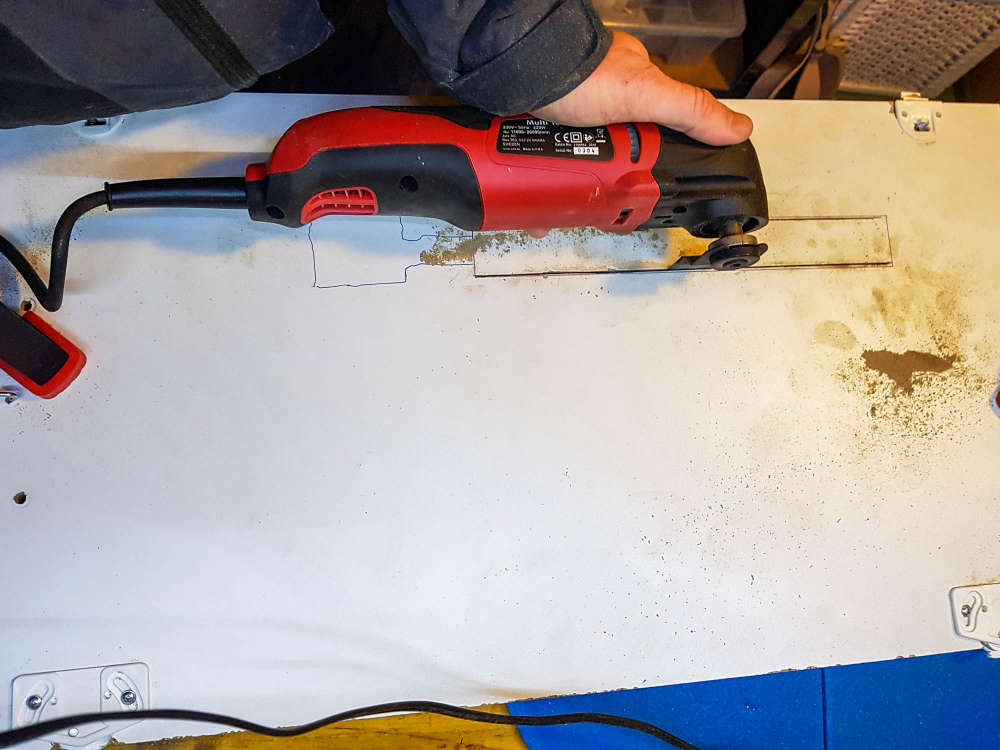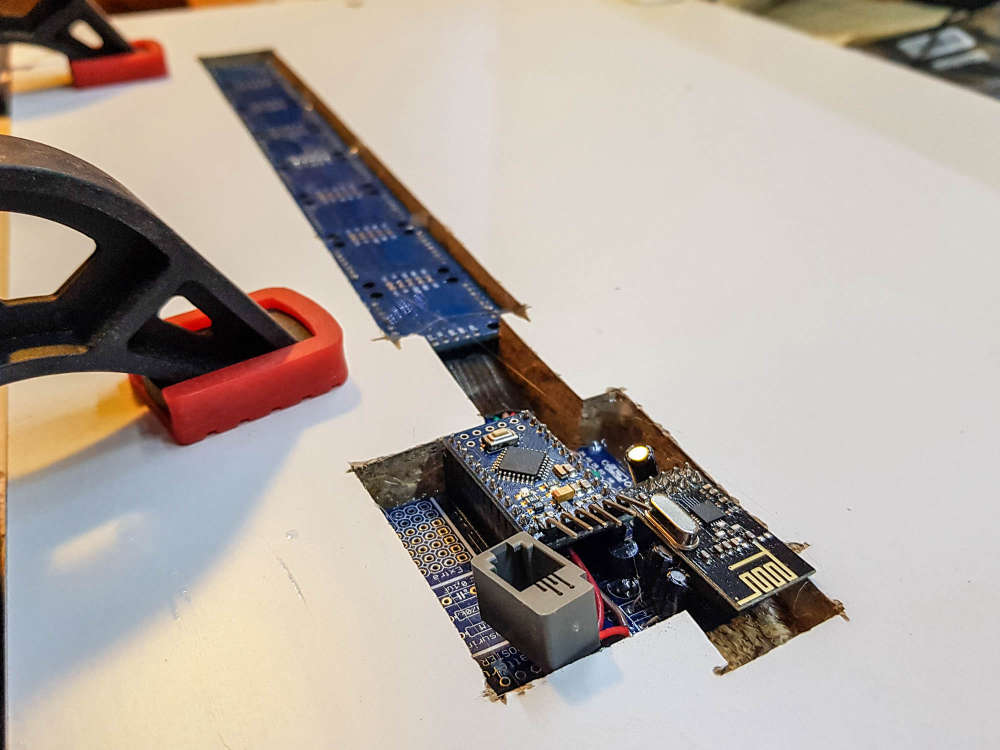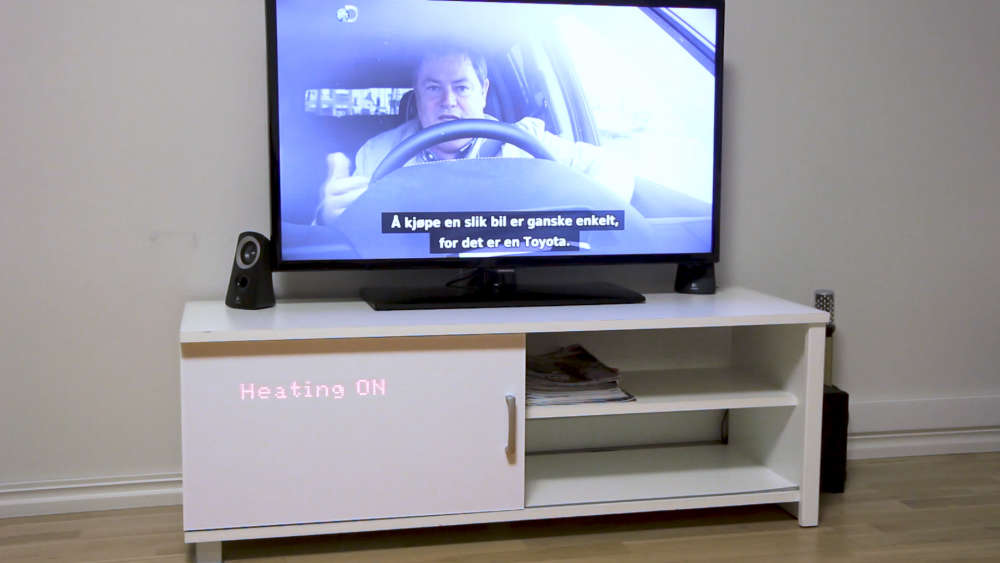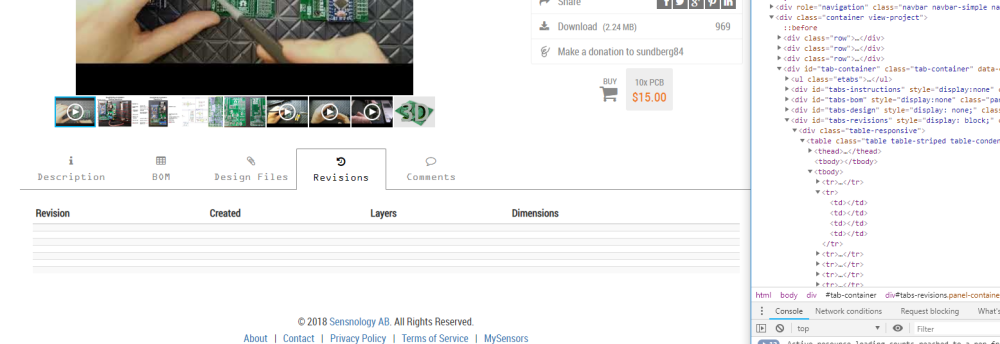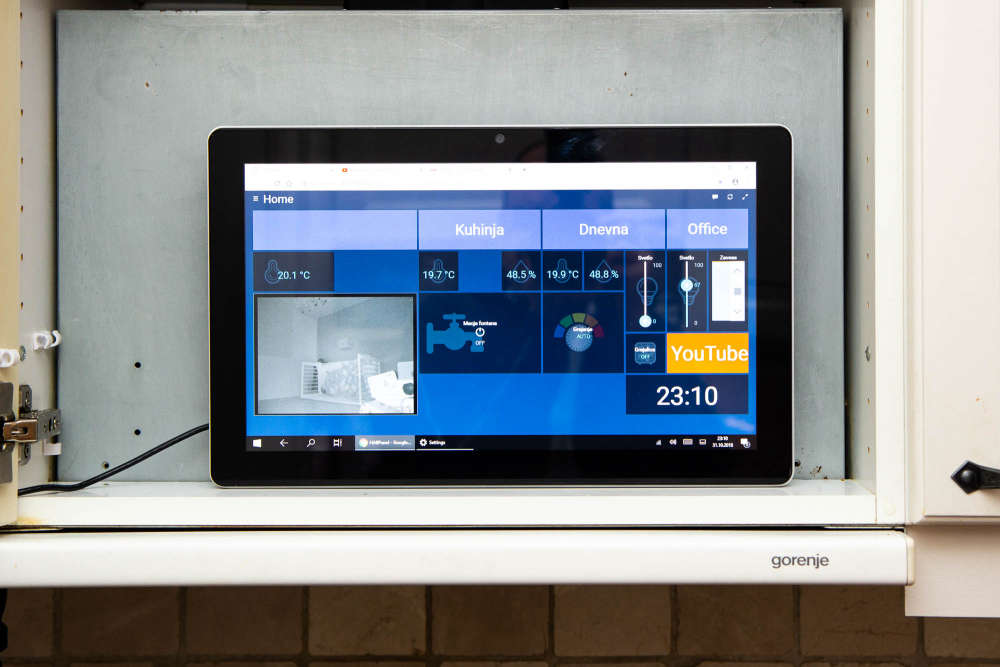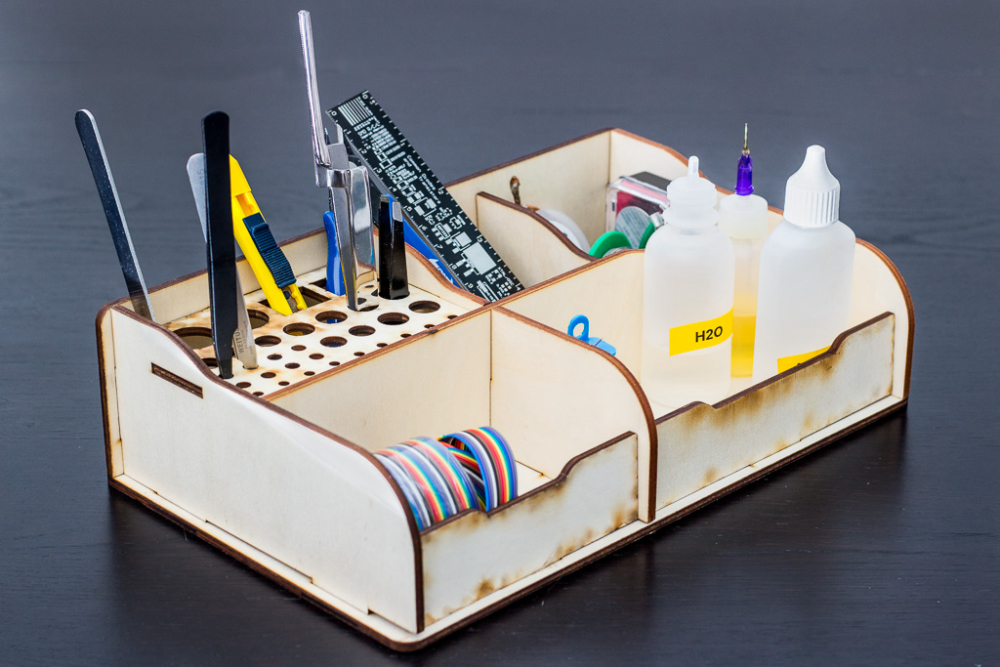Some time passed by but I just wanted to thank you @guillermo-schimmel , I've finally managed to connect sensors properly (at least one of them).
I had to do some changes based on official documentation, so what I did is I just installed mqtt binding from paperUI, and then added one mysensors.things file with fallowing
Bridge mqtt:broker:mosqbroker "Work Broker" [ host="192.168.1.ip", port="1883", secure=false, username="myuser", password="mypassword", clientID="OPENHAB", startupCheckEnabled=false ]
Thing mqtt:topic:mosqbroker:ChargingStation_Switch4h_raw_thing "Charging station button" (mqtt:broker:mosqbroker) @ "Home" {
Channels:
Type string : ChargingStation_Switch4h_raw_button "Charging station 4h button" [ stateTopic="mygateway1-out/31/4/1/0/16"]
}
and then in my items file I had this
String ChargingStation_Switch4h_raw_converted "ChargingStation Switch4h" { channel="mqtt:topic:mosqbroker:ChargingStation_Switch4h_raw_thing:ChargingStation_Switch4h_raw_button"}
and I get the value of the item properly (note I have string for testing, number might be more appropriate here, but that will be fixed another day)

